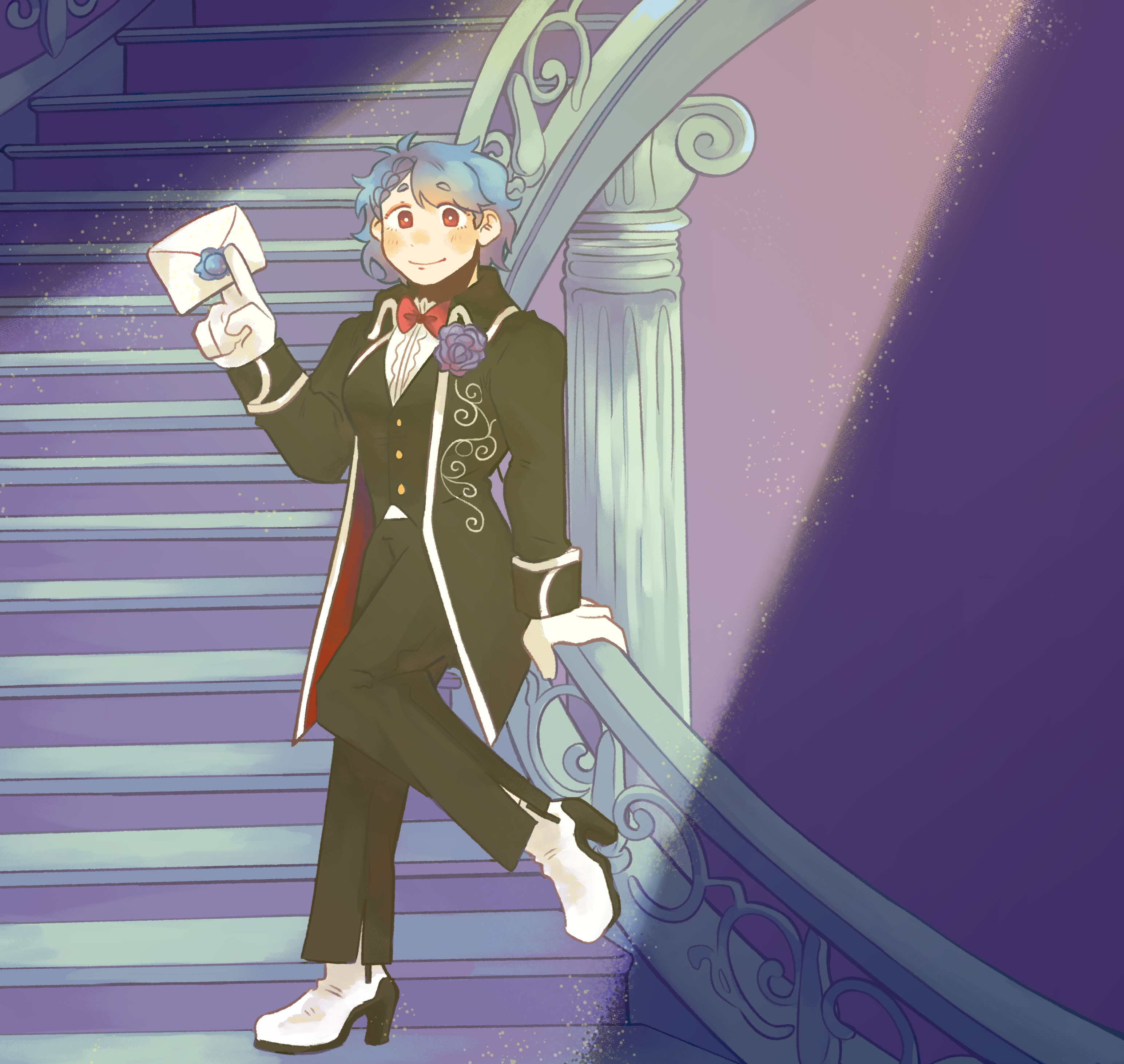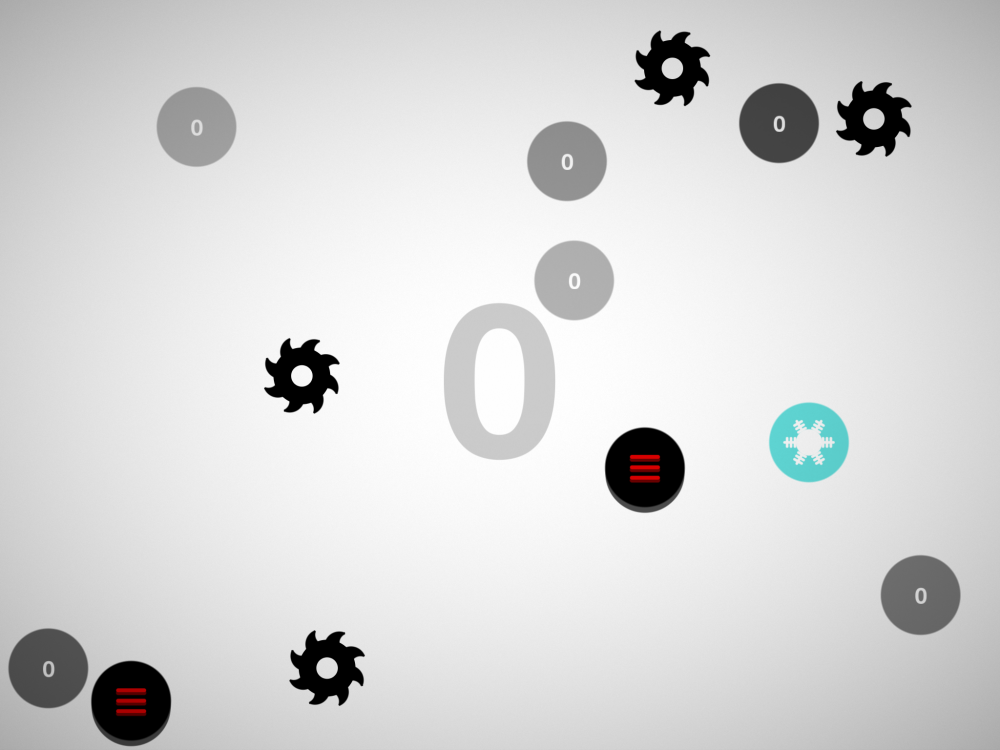Out of all the first-person puzzle games that arrived after 2007’s Portal, The Talos Principle came the closest to escaping its inspiration’s monolithic shadow. Croteam, known almost exclusively for Serious Sam at that time, decided to put the screaming, headless bombers aside for a moment, and built a devious, virtual garden filled with lasers and tetrominoes. The puzzles were top-notch, but it had one massive Achilles’ heel: it prioritized philosophy over personality.
You see, Portal has GlaDOS, a potent mix of contemptuous sarcasm and homicidal glee. The portal-based puzzles are a grand old time by themselves, but GlaDOS is the reason why that game never faded from anyone’s memories. Meanwhile, The Talos Principle relies on Elohim, a booming, disembodied voice that claims to be God and offers up words of encouragement as you solve his challenges. Of course, there’s more to Elohim than meets the eye, but not much more: he’s a dull, Saltine cracker of a character, and when you’re not listening to him drone on, you’re reading about Plato’s Cave and other Philosophy 101 topics from a computer terminal. It thinks it’s saying something profound, but the surface-level nature of its observations renders it insufferable. As much as I loved the puzzles, I could only stomach a few hours of it before I had enough.
Nine years later, Croteam has returned with The Talos Principle II, which lives out the “bigger is better” axiom with style. Built on Unreal Engine 5 and using the latest bells and whistles technology can muster, it’s a real feast for the eyes, with ingenious puzzles tucked between jade-green water and towering structures. But it’s the changes underneath the ray-traced surface that hooked me: with a delightful cast and a city on the brink of change, this fledgling puzzle series finally grew up.
(I have to spoil the first Talos Principle in order to explain the structure of its sequel. You’ve been warned.)
After The Talos Principle’s protagonist (now called Athena) broke out of the simulation built to test her and prepare her for the real world, she got to work creating more androids like her, building a city named New Jerusalem and giving her followers “The Goal”: make sure there are a total of 1,000 androids built. Hundreds (if not thousands) of years pass, and as “1K,” you are the culmination of that Goal. As you can imagine, some of the citizens aren’t too thrilled at the idea of stopping after some magic number, and that’s before a magic cloud of nanomachines calling itself Prometheus entreats New Jerusalem to visit a network of islands and learn “the truth.”

An expedition is plotted out and naturally, as you’re the player and the mystical thousandth “human”, you’re invited to come along for the ride. The islands themselves are stunning to behold: centered around a massive pyramid (which the team refers to as “The Megastructure”), all twelve zones are linked together by a sleek monorail. Granted, many of the puzzles are still cordoned off into their own little square, but the act of traversing between each puzzle is special in and of itself. Whether you’re climbing down a steep, snowy hill or walking across the arm of an imposing granite statue, it’s hard not to be wowed by the nature around you. I ended up opening the photo mode again and again, eager to stop and capture whatever I saw like a tourist on vacation.
What about the philosophical musings I moaned about from the first Talos Principle? They’re still here, but they’re filtered through your colorful companions, as well as an active forum filled with paintings and shitposts. While some of the questions still come across as obnoxiously shallow, putting each question next to a name and face truly makes a difference. Especially when said questions could determine the direction of their city, or even whether the robotic remnants of the human race can continue on in perpetuity.
You see, the world Athena woke up in is bereft of humans as we know them, having been wiped out by a virus unleashed after the permafrost melted. Carrying on our legacy, Athena and the other androids built under her direction became the new humans, determined not to repeat the mistakes of the past. But how should they steer their nearly-immortal society in the right direction? Many New Jerusalem residents are insistent on maintaining The Goal their founder gave them, limiting their footprint on the Earth altogether. But Athena’s been missing for a long time: is this what she really wanted? And is a stagnant population, content never to grow, build or seek new answers truly capable of avoiding annihilation?
Of course, I already knew my answer to each question as it was posed, and plenty of games have offered up inflection points where players could make or break a society before. But The Talos Principle II pulls off a rare feat: I understood, even empathized with the individuals on the other side of the argument! Aside from a few cartoonishly religious androids, you have folks like Alcatraz who lived through a disaster that claimed their second city. The revelations that the expedition uncovers on each island, depending on how they’re handled, could potentially cause a disaster on an even bigger scale. Though his pessimistic reaction to each new discovery never swayed me, I could occasionally hear the pain he still carried whenever we spoke. It lent him a degree of humanity I rarely see in choice-centric games, where individuals are only capable of espousing one unrealistic extreme or the other.

Again, I have to stress that this game was written and developed by Croteam themselves. If there weren’t cameos from Croteam’s first video game (which once landed them in legal trouble with the Sensible Soccer developers) or a Serious Sam cabinet buried in the wilderness, it would be easy to forget. Even 2020’s Serious Sam 4, which tried (and failed at) breathing life into Sam Stone by giving him a gaggle of quip-heavy teammates on the other end of his radio, isn’t anything like its big-brained brother. Now that they’ve abandoned the Serious Engine altogether for Unreal, the only connective tissue left is a shared love of an occasional, dumb joke. I have to imagine Tom Jubert and husband-and-wife team Jonas and Verena Kyratzes are grateful for the opportunity to write something meatier than hundreds of enemies screaming “AAAAAAAAAAAAAAAAAAAA!”
…I haven’t said much about the puzzles themselves yet, have I? It’s the one element The Talos Principle had down pat from day one, and that hasn’t changed here: if anything, they’re more exciting and complex than ever before. You’ll still face the ubiquitous laser gates, but each of the twelve zones surrounding the Megastructure weaves in its own twist to the proceedings. Each addition starts simple enough, asking you to combine lasers for different effects, use a teleporter to cross boundaries, or even play with gravity itself. But as you approach the next puzzle in the chain, you’ll be thrown for a loop as it expects you to interact with the tools you were just given in a completely alien way. Rather than scaling up the complexity of each puzzle in a straightforward way, it’s teaching you new verbs to use the tools you already have, resulting in some of the most exciting “a-HA!” moments I’ve ever experienced.
Very few of the puzzles ever feel like they’re outright unfair, and in a first for me, I rarely ever had to go online for hints! Instead, I developed a foolproof process to get through many of its most confusing challenges:
- Stare at the puzzle pieces, repeatedly trying to push each one into a place it physically can’t reach.
- Bang my head against the puzzle’s constraints, trying every interaction under the sun in case there’s something I missed.
- Get up from my chair, pace around the room, maybe go downstairs and make myself a snack.
- Return to my PC, try something I know won’t work.
- It worked.
- IT WORKED?!
Granted, I rarely felt great in the moments when I was fully taxing my brain. But once the solution clicked, a tidal wave of endorphins carried me away. I was suddenly the smartest girl in the world! At least until I walked into the next puzzle several hundred feet away.

If you somehow aren’t satisfied with the critical-path brain teasers, The Talos Principle II still has you covered. There are “unfinished” Delta puzzles that aren’t marked on the map, Gold puzzles that only open once you complete everything else on that section of the island, and…is that a dotted line in the sky, bouncing from one structure to the other? It is. For the true sickos out there, Croteam’s built overarching puzzles solved using the pieces within individual puzzle rooms! It’s an astounding setup that a die-hard Myst fan like myself can appreciate, even if I never plan on touching these extra-difficult challenges.
The Talos Principle II is a significant step up from its predecessor in nearly every way. From the ingenuous new puzzle setups to the jaw-dropping landscapes, its nearly 30-hour runtime flew right on by. More importantly, they finally attached real stakes and humanity to their philosophical musings, taking a formula that was once insufferable and turning it into something special. Nine years was quite the wait, but in that time, they finally accomplished the goal that the first game earnestly strove for: they gave me something to think about.
Coverage of The Talos Principle II was made possible by our Patreon backers. If you would like to support our site, please visit patreon.com/scanlinemedia for further details.



